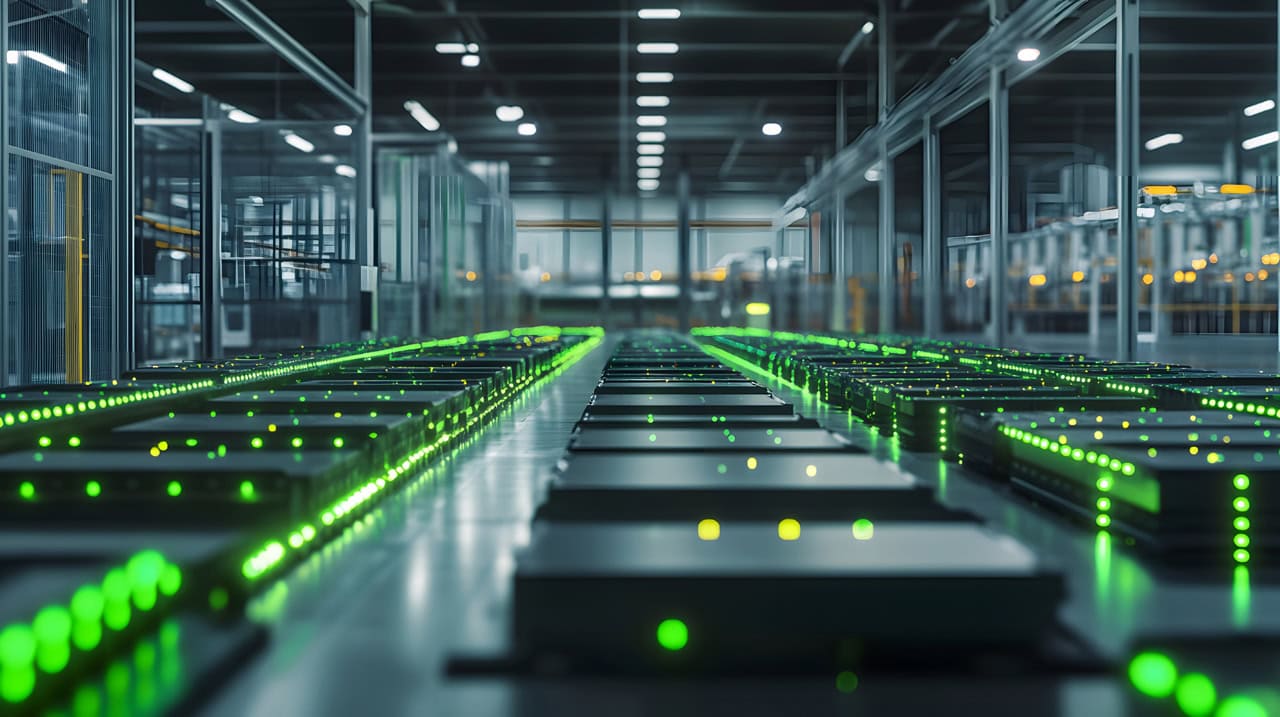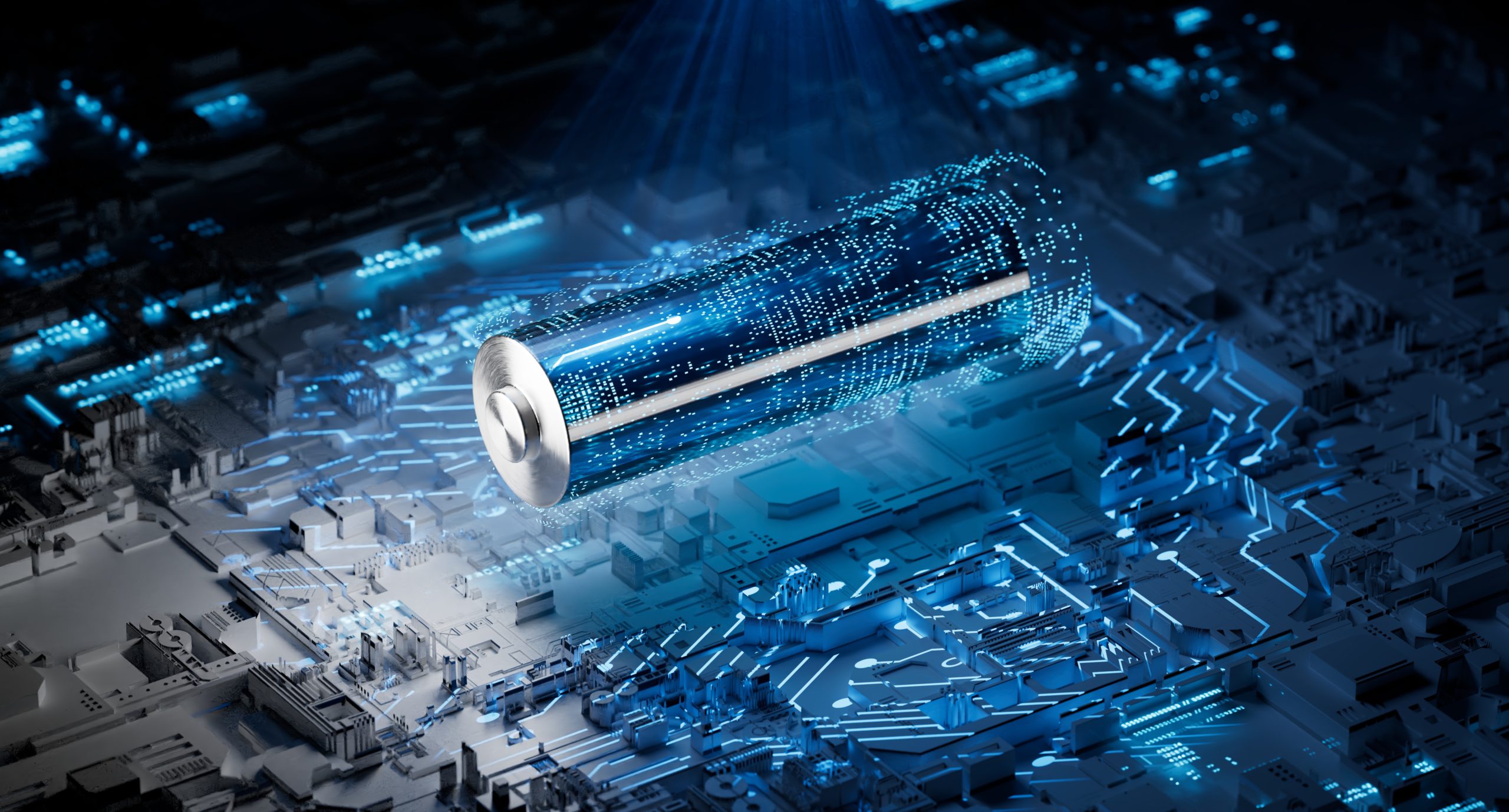In conversation with AmpliSi
Welcome to our new series where the Cross-sector Battery Systems Innovation Network talks to experts to explore challenges and innovations shaping battery technologies across both automotive and non-automotive markets. In this article, we examine how new silicon anode technology can make batteries last longer, charge faster, and help speed up the shift to electric vehicles.

Silicon anodes are widely seen as one of the most promising routes to improving lithium-ion battery performance, offering higher energy density and faster charging potential. Yet, turning that promise into commercial reality remains a major materials and manufacturing challenge.
We spoke with AmpliSi, a Sheffield-based innovator developing new approaches to silicon anode technology, about where the sector is heading, what barriers remain, and how collaboration can help accelerate progress.
Why silicon?
Silicon anodes have ten times the theoretical capacity of graphite, which has driven significant R&D and policy interest. Today’s commercial lithium-ion batteries typically contain 5 – 10% by weight silicon, but that figure is expected to reach 20% by weight or more by 2030 to meet performance and sustainability targets.
Q1. From your perspective, why is this area attracting so much attention right now, and what makes it such a critical part of the battery innovation landscape?
20% of all new vehicles in 2024 were electric. However, the rate of growth is not sufficient for us to be able to meet our 2050 net zero targets. Therefore, we need to increase the rate of adoption of electric vehicles, and the reason they are not being adopted at the target rate is range anxiety, the time and disruption associated with charging and a prohibitive cost, which all comes back to battery technology. Silicon anodes offer the opportunity to address all three of those issues, and by increasing the rate of adoption of EVs, we move towards reaching our net zero targets.
Why aren’t we already using silicon?
In today’s lithium-ion batteries, materials like graphite store lithium ions between their layers during charging and discharging, a stable but limited process that constrains how much energy these batteries can hold. Silicon, by contrast, represents a step-change in potential. It can host roughly ten times more lithium than graphite, promising dramatic improvements in energy density. But this capacity comes with complexity: as silicon bonds with lithium, it expands and contracts significantly, putting stress on the material and causing it to break down over time. This volume expansion during charge and discharge cycles causes rapid degradation, limiting battery life. Another challenges lies in the manufacturing of silicon anodes; existing methods rely on high-temperature magnesiothermic reduction or hazardous silane chemistry, both of which increase cost, complexity, and environmental risk.
Q2. How are innovators like AmpliSi approaching these well-known technical hurdles?
Those are exactly the two challenges our technology addresses. We produce porous silicon that allows lithium to be incorporated into the pores, which accommodates the material’s expansion and leads to a much longer battery life. On the process side, we’ve developed a silane-free, low-temperature magnesiothermic reduction method for producing porous silicon. Traditionally, silicon production relies on silane, a toxic, highly reactive gas that is both hazardous and geographically restricted. Our process avoids that entirely. What’s special about AmpliSi’s approach is that we’ve achieved the same magnesiothermic reduction at temperatures up to 200°C lower than conventional processes. The kind of temperatures we’re talking about is that you could actually make our silicon in a pizza oven that results that translates to energy efficiency, and therefore cost efficiency.
Q3. Scaling up new materials is never done in isolation. What kinds of partnerships, infrastructure, or support systems do you think are most important to help UK innovators bring silicon anode technologies to market?
A huge part of commercialising any new battery material is validation across the full value chain – from material to cell, to pack, to application. That means partnerships with organisations that can produce cells and packs, and those with deep understanding of application use cases. Because we’re a material developer, we also rely on the downstream raw material suppliers as well. Building this kind of integrated UK ecosystem, where materials developers, battery manufacturers, and end-users can work together, is essential for translating innovation into production.
Q4. Looking ahead, what could success for silicon anode development look like in the UK over the next five to ten years, and in what sectors?
Success would look like a UK-based, end-to-end supply chain supporting domestic EV and battery manufacturing. Having a home-grown capability would strengthen resilience, reduce import reliance, and help the UK compete globally. Beyond EVs, we think silicon anodes have cross-sector potential in robotics, drones, micromobility, aviation, and two- and three-wheel vehicles, all areas where early adopters can demonstrate proof points and accelerate technology readiness for the EV market.
Closing thoughts
Silicon anodes represent both a technical frontier and a strategic opportunity for the UK’s battery industry. As AmpliSi and other innovators push forward, continued collaboration between researchers, manufacturers, and investors will be key to realising the full potential of this next-generation technology.
At Innovate UK Business Connect, we continue to support the growth of this ecosystem by connecting innovators, partners, and expertise across the UK battery value chain.
Guest
Ruth Sayers, CEO – AmpliSi
Related programme

Cross-Sector Battery Systems Innovation Network
The Cross-Sector Battery Systems Innovation Network, funded by Innovate UK, is a cross-sectoral and collaborative community of technology developers and end-users.

